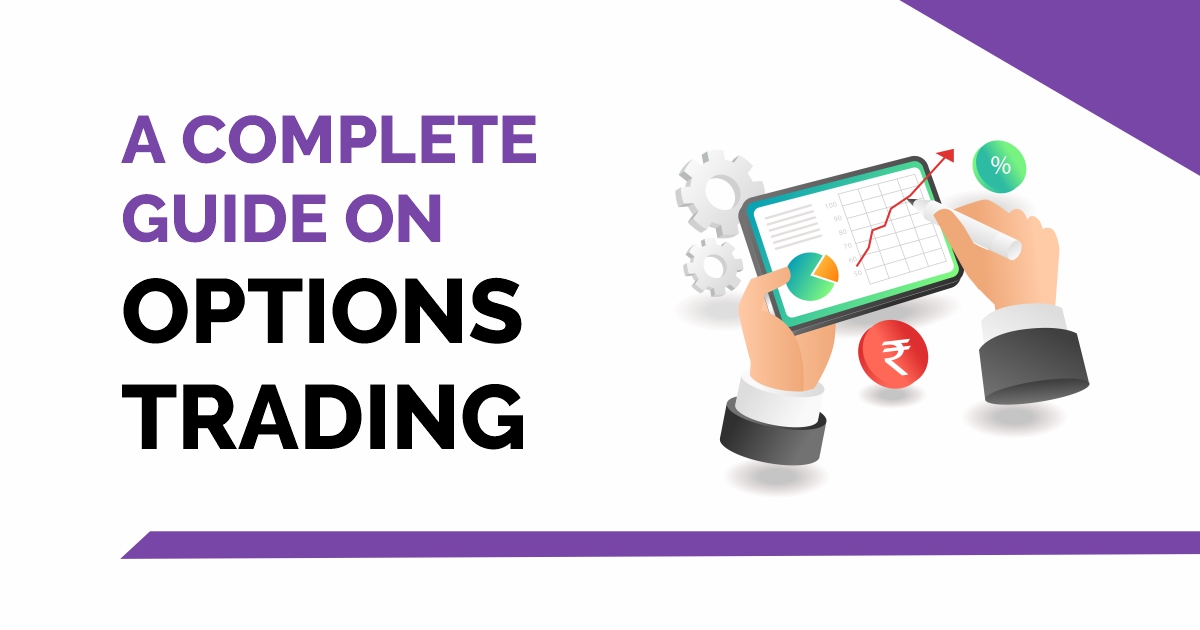Introduction
Options trading can be one of the most flexible tools in an investor’s arsenal. Unlike traditional stock buying, options allow you to hedge risks, generate income, and leverage capital more efficiently. But with great flexibility comes risk. Many beginners dive in without a plan and end up taking outsized losses. The good news is that with the right strategies, you can trade options safely and use them as a reliable complement to your portfolio.
This guide will walk you through the fundamentals of safe options trading, risk-management techniques, and practical strategies to help you approach the market with confidence.

Understanding Options Basics
Before learning how to trade safely, let’s recap the essentials.
- Call Option: Gives the buyer the right (but not the obligation) to purchase a stock at a specific price (strike price) before expiration.
- Put Option: Gives the buyer the right (but not the obligation) to sell a stock at a strike price before expiration.
- Premium: The cost of buying an option.
- Expiration Date: The deadline by which the option must be exercised.
Options can be powerful tools when used conservatively, especially for hedging and income generation.
Why Focus on Safety in Options Trading?
Options are often seen as speculative instruments, but they don’t have to be. By focusing on safe strategies, traders can:
- Limit downside risk.
- Generate consistent income streams.
- Hedge against market volatility.
- Avoid margin calls and catastrophic losses.
In fact, many professional traders use options conservatively rather than chasing big wins.
Safe Strategies for Options Trading
1. Covered Calls
A covered call involves holding shares of a stock and selling call options against them.
- Pros: Generates premium income, reduces cost basis, works well in sideways markets.
- Cons: Caps upside potential if the stock rallies strongly.
This is one of the most common strategies for investors seeking steady returns.
2. Cash-Secured Puts
Selling a cash-secured put means you agree to buy a stock at a lower price if it falls to the strike price.
- Pros: Earn premium while waiting to buy stock at a discount.
- Cons: Requires significant cash reserves; you must be willing to own the stock.
This is a conservative way to enter long-term positions.
3. Protective Puts
Buying a protective put is like purchasing insurance for your stock.
- Pros: Protects against steep declines.
- Cons: Costs premiums that reduce overall returns.
This is a must-know strategy for risk-averse traders.

4. Credit Spreads
Spreads involve selling one option and buying another to reduce risk.
- Bull Put Spread: Sell a put at one strike, buy another at a lower strike.
- Bear Call Spread: Sell a call at one strike, buy another at a higher strike.
These strategies limit both profit and loss, making them safer than naked positions.
5. Iron Condors
An iron condor combines two spreads (a bull put spread and a bear call spread).
- Pros: Profits from low volatility, limited risk.
- Cons: Requires careful monitoring and works best in range-bound markets.
This strategy is popular among experienced traders seeking steady income.
Risk Management Tips for Safe Options Trading
Even the safest strategy can fail without proper risk management. Here are key rules to follow:
- Position sizing: Risk no more than 2–5% of your portfolio on a single trade.
- Avoid naked calls/puts: Unlimited risk strategies should be avoided by beginners.
- Set stop-losses: Define your exit point before entering a trade.
- Diversify: Don’t overexpose your account to one stock or sector.
- Understand implied volatility (IV): High IV means expensive options; selling may be safer in those scenarios.
Common Mistakes to Avoid
- Chasing high premiums without evaluating risk.
- Overleveraging and using margin irresponsibly.
- Trading without understanding expiration cycles.
- Ignoring earnings announcements, which can dramatically affect option pricing.
By avoiding these pitfalls, you can keep your trading disciplined and structured.
Tools and Resources for Safer Trading
Leveraging the right tools helps reduce risk:
- Broker platforms with risk analysis tools (e.g., Thinkorswim, Interactive Brokers).
- Options calculators to model profit/loss scenarios.
- Educational resources like CBOE’s Options Education Center and Investopedia.
For beginners, it’s wise to start with a paper trading account before putting real money at risk.

Building a Safe Options Trading Plan
- Define goals: Income generation, hedging, or long-term growth.
- Select appropriate strategies: Covered calls or credit spreads for safety.
- Use risk controls: Always have exit plans in place.
- Review regularly: Markets shift, so reassess positions weekly or monthly.
- Track performance: Maintain a trading journal to learn from wins and losses.
Internal & External References
- Internal Links:
- Explore [how to read stock charts]
- Learn [how to start day trading for beginners]
- Check [best stock trading platforms 2025]
- External Links:
Conclusion
Trading options doesn’t have to be risky. By sticking to conservative strategies like covered calls, cash-secured puts, and spreads, you can safely build income while protecting your capital. The key lies in risk management, discipline, and continuous education.
If you’re new, start small, practice with paper trading, and build your confidence step by step. Safe options trading isn’t about hitting home runs—it’s about building steady, sustainable returns.
